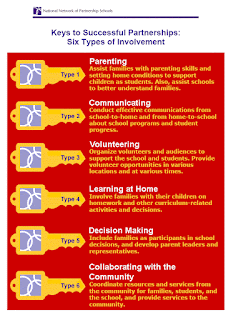Somalia is a country that is trying to keep itself tied to traditional and religious customs. Somalia is a predominantly Islamic country, with some parts unofficially controlled by fundamentalist parties. This foundation of Islam still plays a major part in the Somalia customs and views of sexuality to this day. It can be difficult to gather and collect precise information on this subject, due in large part to the uncomfortable and restrictive nature of sexuality in Somalia. One study shows that 90% of women in Somalia find premarital sex prohibited and said that they did not partake in it. These women also reported that there is a very strict view against premarital sex that comes from both traditional and religious practises.
Views of homosexuality differ only slightly throughout the country. Somalia is one of 74 countries where homosexuality is illegal. It is also one of 12 countries in the world where the punishment can be death, though usually it is only used as a penalty in the fundamentalist controlled areas. Any member of the LGBT community can be openly discriminated against and denied employment or housing. It was impossible to find any information on the percentage of possible Somalia people who identify as LGBT, which is easy to understand due to the horrific punishment they could receive. These views told homosexuality come from their past religious ties and globalization has done little to alter these views in many countries.
In my observance of a classroom at Winooski High School, a discussion was introduced by the teacher that involved an article about a gay student. The discussion centered on the civil rights aspect of all people in the United States and many of the students voiced their opinions freely. Some of the students, including my partner O, were refugees from Somalia and engaged in the conversation as well. As a civil rights issue, most of the students agreed that basic human and civil rights applied to all people, regardless of sex, race, gender, or sexuality. I believe that open discussion is the best tool we have as educators to help students understand, think, and contemplate global issues such as these.
Views of homosexuality differ only slightly throughout the country. Somalia is one of 74 countries where homosexuality is illegal. It is also one of 12 countries in the world where the punishment can be death, though usually it is only used as a penalty in the fundamentalist controlled areas. Any member of the LGBT community can be openly discriminated against and denied employment or housing. It was impossible to find any information on the percentage of possible Somalia people who identify as LGBT, which is easy to understand due to the horrific punishment they could receive. These views told homosexuality come from their past religious ties and globalization has done little to alter these views in many countries.
In my observance of a classroom at Winooski High School, a discussion was introduced by the teacher that involved an article about a gay student. The discussion centered on the civil rights aspect of all people in the United States and many of the students voiced their opinions freely. Some of the students, including my partner O, were refugees from Somalia and engaged in the conversation as well. As a civil rights issue, most of the students agreed that basic human and civil rights applied to all people, regardless of sex, race, gender, or sexuality. I believe that open discussion is the best tool we have as educators to help students understand, think, and contemplate global issues such as these.


